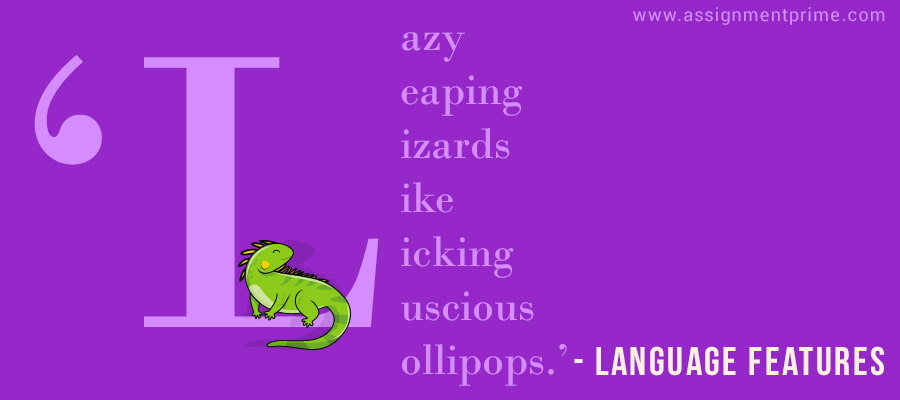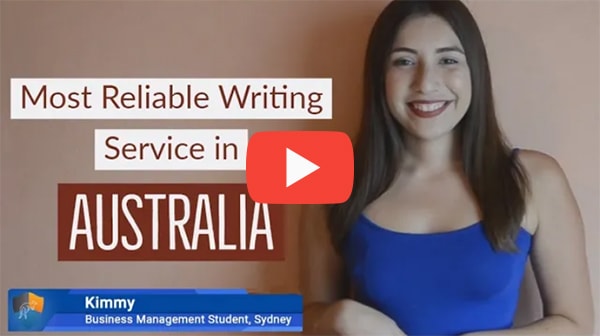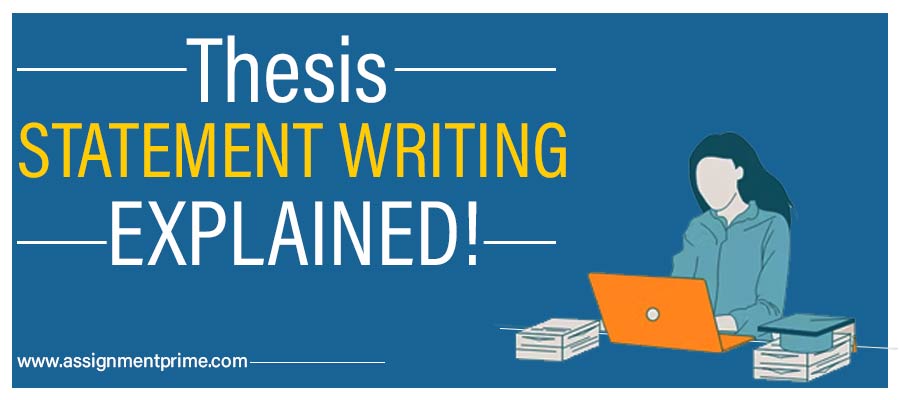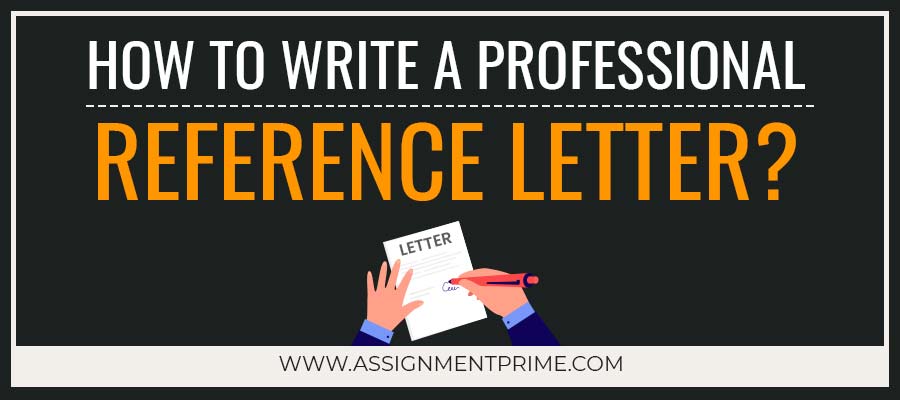20+ Language Features You Must Master to Enhance Essay Writing Skills
06 Oct 2020 1823
Which Language Features Are Vital for Engaging With the Reader in a Better Way?
While writing an essay, there is a need for you to create content that is engaging for the reader while keeping in mind that they don’t get offended. The language of the essay should be measured but inviting to the reader. Early academic writers and thinkers, therefore, developed language features that can add quality and grace to the written content.
Students are provided with various types of academic works that require extensive writing. The grades at the end of the semester largely depend on such documents. Well, a well-written document with a formal tone and engaging writing can help you go a long way. This compelled the expert writers of Assignment Prime to provide a brief insight into various language features used by them for the benefit of students.
You May Also Find This Interesting you:https://www.assignmentprime.com/blog/a-to-z-of-assignment-writing
- Metaphor
Symbolic comparison of a person or a situation with a certain object that makes the reader understand without going into the details. These are used frequently in writing practices to convey a feeling in as little words as possible. There usage immediately creates a picture in the mind of the reader that is not literally related to the situation but conveys the meaning.
Examples: ‘Life is one long scary roller coaster.’/‘The paintbrush was a magic wand in his hand.’
- Personification
We are human, and most of our life is spent in interaction with others. These features give a human reference to non-living objects, animals, and ideas to create a familiarity for the reader.
Examples:‘The sun peeked happily from behind a cloud.’/‘The tree danced back and forth in the wind.’
- Hyperbole
This features derived its name from the mathematical term ‘hyperbola’ which has a property of increasing rapidly. This means that it provides an over-exaggerated or over-the-top reference to create a heavy impact on the reader. The situation is not generally that grave, as stated by the writer.
Examples:‘He cried so long that he made a lake.’/‘My backpack weighs a tonne.’
- Simile
They must have the use of ‘like’ or ‘as’ in a sentence. They are used to make the reader understand a situation by relating it with things they are familiar with. This gives a comparative picture to them to help them understand better.
Examples:‘Without my glasses, I am as blind as a bat.’/‘The world is like a stage.’
- Pun
They are used to create a humorous or witty effect in writing with the use of words that can have two different meanings. These meanings need not be connected, but one of them can be related to a funny situation.
Example:‘The failure of the largest manufacturer of baby’s toys was enough to rattle the entire industry.’
- Alliteration
They are used to portray an idea or image using words that sound similar. These words are starting from the same character and vowel to create strong resonance among them. They are used to provide strength to your view of the situation.
Examples:‘Lazy leaping lizards like licking luscious lollipops.’/‘Wonderful wombats wind-up windmills.’
- Assonance
When one uses repetitive vowel sounds in words adjoining each other to provide strength to an idea or a situation. They are used to make the reader focus on the importance of a particular emotion.
Examples:‘The engineer held the steering to steer the vehicle.’/‘Fleet feet sweep by sleeping geese.’
- Onomatopoeia
These are words that when spoken sound like the actual sound of an action. These are generally derived from the sound of such incidents by giving them a simple word. While uttering the word, you may feel that you have heard something.
Examples:‘The flood water gushed through the town.’/ ‘At night, the wind was howling in the darkness.’
- Rhyme
When the final one or two syllables are ending with similar sounds, the sentences/words seem in rhythm with each other. They are used in poetry and are used to give a poetic touch to writing.
Example:‘I do not like them in a boat, I do not like them with a goat.’/ ‘Humpty, Dumpty sat on a cart.’
- Colloquialism
They are the words or phrases that are used in common or informal conversation to create a casual relation among the reader and writer. These words may not be too friendly and should be civil in nature.
Examples:‘I wasn’t born yesterday.’/ ‘Don’t chicken out.’
- Imagery
They are used to create a visual, figurative, or descriptive image in the mind of the reader by using relatable phenomena from the real world. This makes the reader understand the situation easily.
Examples:‘It was dark and dim in the forest.’/ ‘The light, flowery scent of sister’s perfume invaded my nostrils.’
- Irony
They are used to convey a meaning that is generally opposite of what they sound like. They are generally used to make fun or subtly criticize a person or situation. The tone can be sarcastic in nature.
Examples:‘The locker room smells really good.’/ ‘The blind leading the blind.’
Students also look for: https://www.assignmentprime.com/blog/how-to-write-a-story-tips-from-experts
- Slang
It uses informal words that are not common in writing but are used frequently in a speech at a group or regional level. They may sound casual while giving a friendly tone to the text.
Examples:‘A piece of cake.’/ ‘Break a leg.’
- Repetition
They consist of words and phrases being repeated in succession to impart strength and weight to a situation or idea. Their effect is used to convey the seriousness of the situation.
Example:‘It’s okay not to be okay.’/ ‘Nothing can be created out of nothing.’
- Jargon
When an expression is used, that is relatable to a specified group of people related to a particular profession or expertise. These are used when you are conveying your thoughts to people who you know can understand them.
Examples:‘She was on cloud nine after the results were declared.’/ ‘Bang for the buck.’
- Superlative
The use of an adjective to define a person focusing on the best of its qualities. They are used to create an aura of superiority around a person or imaginary object. They are generally a little short of exaggeration.
Examples:‘This suitcase is the heaviest.’/ ‘Maggie’s dog is the biggest in the park.’
- Imperative
It is used when you want to formulate a call to action feeling in writing. This has commands for the reader, which prompts them to perform a certain action. They show a sense of haste and urgency.
Examples:‘Pack enough clothing for the cruise.’/ ‘Make sure you are paying attention to the directions.’
- 1st Person Singular
When the writer uses the word ‘I.’ This is used to address the writer in a personal style and bring the focus of the conversation on himself so that reader knows that it is talking about itself.
Examples:‘I am talking to about the year 1996.’/ ‘I love the colors in the garden.’
- 1st Person Plural Pronoun
To create a connection between the reader, the writer may use collective pronouns like ‘we’ or ‘us.’ They are generally used to create a feeling of inclusion with the reader.
Examples:‘We are together in this wonderful journey.’/ ‘These points have helped us understand the situation better.’
- 2nd Person Pronoun
When the word ‘you’ is used to directly address the reader to make them understand that this is regarding them. This creates a feeling that the writer is making a conversation with the reader.
Examples:‘You must understand the gravity of the situation.’/ ‘You may be feeling sorry for the dog.’
- Euphemism
When you want to criticize a person or a situation without using harsh or un-parliamentary language, they are used. These are words with a subtle way of expressing displeasure.
Examples:‘I really need a bit of peace and quiet.’/ ‘This might have helped you earn more infamy than wealth.’
- Rule of Three
When three interconnected words are used, addressing a situation to give strength to your argument and convey seriousness.
Examples:‘Blood, sweat, and tears.’/ ‘Stop, look, and listen.’
These were commonly used language features that are used in common written or civil debates for effect and imposition of thought. They have qualities of bringing grace to essay writing and other academic writing-related work. You may use these to impress your mentor and strike gold in your evaluations.
More to learn here: https://www.assignmentprime.com/blog/write-a-perfect-hnd-assignment
Why Assignment Prime is the #1 destination for language features assignment writing help among Australian students?
Students are needed to write a different type of academic papers to get through there semester with flying colors. Lack of writing skills can become a great hurdle in the process. This can result in a loss of confidence or reluctance to attempt work.
We always have this in mind and a goal of helping students in their struggle through the mountains of coursework. The expert academic writers of Assignment Prime are well-versed in all kinds of language features. Their writing skills can convert a simple piece of work into a scholarly document. You may contact us to help you with language features assignment writing. Some of the salient features of our assignment writing service are:
- 24*7 Customer Support
- Professional Writers
- Unlimited Free Revisions
- 100% Plagiarism Free Work
- On-time Delivery
- Discounts and Festive Offers
This is just the tip of the iceberg. The wait is over for you to avail of a service that promises excellence with the word go. Don’t hesitate, click ‘Order Now’.
Here are 8 Little-Known Writing Strategies for Coursework You Should Never Miss.
To Make Your Work Original
Paraphrasing Tool
Check your work against paraphrasing & get a free Plagiarism report!
Check ParaphrasingPlagiarism Checker
Check your work against plagiarism & get a free Plagiarism report!
Check PlagiarismReference Generator
Get citations & references in your document in the desired style!
Generate ReferencesGrammar Checker Tool
Make your content free of errors in just a few clicks for free!
Grammar CheckerEssay Typer
Generate plagiarism-free essays as per your topic’s requirement!
Essay Typer
FREE Features
-
Topic CreationUSD 3.96 FREE
-
OutlineUSD 9.57 FREE
-
Unlimited RevisionsUSD 21.18 FREE
-
Editing/ProofreadingUSD 28.7 FREE
-
FormattingUSD 8.2 FREE
-
BibliographyUSD 7.52 FREE





![All About Short Essay Writing [Examples Included]](https://www.assignmentprime.com/images/AP_Blog_Image_How_to_Write_a_Short_Essay.jpg)





